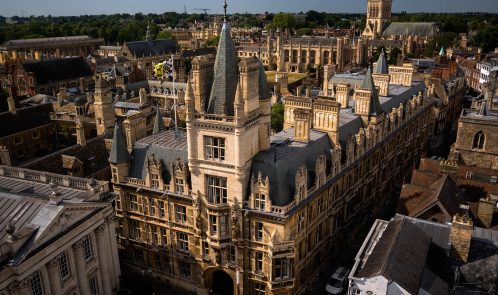Strategies for avoiding higher fees due to the new private school tax

The Labour Party’s proposed new tax on private schools has sparked considerable debate among parents and educators. This policy aims to address educational inequality by imposing VAT on school fees, potentially increasing the cost of private education. While some view this as a fair approach to redistribute resources, it presents a significant challenge for many families who are not wealthy but have made substantial sacrifices to afford private schooling for their children. These parents often forgo luxuries and work extra hours to provide what they perceive as the best educational opportunities.
Avoiding increased private school fees
Despite these changes, there are several strategies parents can consider to manage or avoid the increase in private school fees:
Move into catchment areas of top state schools
One effective method is to move into the catchment area of high-performing state schools. This requires careful research into local council boundaries and admission criteria, which can often be found on council websites or by contacting the schools directly. It’s important not to rely on historical data alone, as catchment boundaries can change, and high birth rates in certain years can affect availability. To increase your chances, ensure you are within the catchment area and also under the Local Education Authority (LEA) for the desired school. Confirming this information with the local council and the school itself is crucial to avoid any surprises.
Apply for scholarships
Many private schools offer scholarships for talented students in various fields, including music, drama, and academics. Scholarships can substantially reduce tuition fees. Parents should explore these opportunities by contacting schools directly and preparing their children for any required assessments or auditions. Boosting a child’s academic potential through tutoring services, such as TutorHunt, can enhance their chances of securing a scholarship. TutorHunt connects parents with qualified tutors in a variety of subjects, offering tailored support to help children excel.
Consider grammar schools
Grammar schools are another viable option for reducing educational costs while still ensuring a high standard of education. These schools select students based on academic ability, typically determined by the 11+ exams. The 11+ exams assess a child’s proficiency in English, maths, verbal reasoning, and non-verbal reasoning. Preparing for these exams often requires dedicated study and sometimes additional tutoring. Some grammar schools have catchment areas, so living nearby can be beneficial for admission.
Addressing extra-curricular needs
Given the pressure on state schools to accommodate increasing numbers of students and the consequent strain on their resources, replicating the comprehensive extracurricular offerings of private schools can be challenging. Parents can create a schedule of activities outside school to fill this gap, including sports, music lessons, and clubs. These activities not only enrich a child’s education but also support their social and personal development.
Support for special educational needs
For children with special educational needs or those requiring additional support, it’s essential to consider whether the chosen state school can adequately meet these needs. If not, supplementary tuition or specialised services may be necessary. Organisations and services dedicated to supporting children with special educational needs can provide invaluable assistance, ensuring that these children receive the education and support they deserve.
In conclusion, while the new private school tax presents challenges, there are various strategies to manage and mitigate its impact. By exploring state school options, applying for scholarships, considering grammar schools, and supplementing education with extracurricular activities and additional support, parents can continue to provide quality education for their children without incurring prohibitive costs.
Image by Marián Okál from Pixabay



Leave a Reply